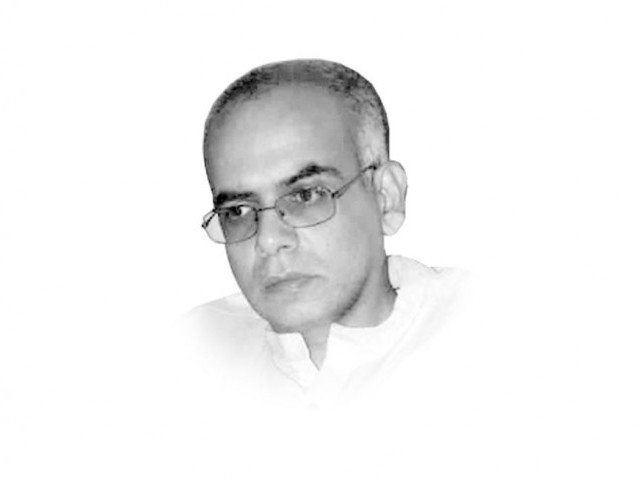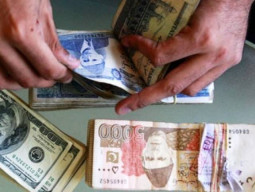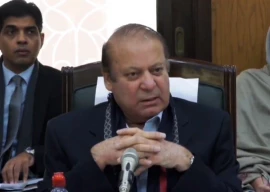
Pakistan is infamous for ranking high on global indices, which categorise countries according to varied criteria, ranging from pollution, to mother and child mortality rates, to state failure. The second edition of the Global Slavery Index published by an Australian campaign group, Walk Free Foundation, this past month, has again placed Pakistan at third position in a list of 167 countries where the problem of human slavery is most severe.
After India and China, Pakistan is considered to have the most number of people living in conditions that can be described as modern-day slavery. In fact, the combined number of such people found in India, Pakistan and Thailand are estimated to equal almost half of the nearly 36 million people trapped in slavery globally.
The Global Slavery Index aims to provide a tool for different stakeholders to understand the size and scope of the problem, contributing factors and existing responses, so more effective action can be taken to end such brutal forms of human exploitation.
The report accompanying the index rightly identifies debt bondage to be the most common factor creating conditions of slavery. Punjab and Sindh are described as ‘hotspots’ of bonded labour, which is prevalent in the brick-making, agriculture, and carpet weaving industries.
The government needs to act to tackle the problem, including by regulating these informal industries and enforcing anti-slavery laws such as the Bonded Labour System Abolition Act of 1992. However, all three of these sectors remain largely unregulated. Brick kilns, for example, are now under the responsibility of provincial departments of labour, and half of the approximately 10,500 brick kilns in Punjab remain unregistered.
While the recent burning of a Christian couple burned in kiln over debt on alleged blasphemy charges caught media attention, a majority of brick kiln workers are trapped under the paishgee system of trying to return advance payments. Landless haris across rural areas of the country are subjected to a similar fate. While debt bondage has been identified as a major problem in the carpet-weaving industry, rights-based organisations fear that a lot of other informal sector industries, such as auto workshops and even domestic workers, become trapped in debt bondage.
The lack of documentation of debt repayments, coupled with low remuneration, invariably traps workers and their families to pay off debts, many of which are transferred onto remaining family members if the borrower is disabled or passes away.
The debt bondage of people trafficked across borders is also a growing problem. Yet, there is no national-level entity to oversee a coordinated response to these challenges that trap so many poor Pakistanis in conditions of slavery.
The Walk Free Foundation aptly identifies the need for an integrated national strategy with accompanying resources to implement its required proposals. Some important tasks in this regard would be more effective registration and regulation of brick kilns and other informal sector workplaces, ensuring that all workers are paid the minimum wage and strengthening relevant government institutions such as the police, the FIA, social security, labour and human resource departments and the judiciary to prevent slavery and prosecute those involved in enslaving others.
Export-oriented industries such as textiles, agriculture and carpet-weaving are advised to work through their industry bodies and with appropriate third parties to create industry-wide supply chains that are free of modern slavery. However, only three developed countries’ governments are making some efforts to prevent the use of forced or slave labour in their supply chains. More emphasis, thus, also needs to be placed on the role of multinational corporations which profit from the use of unregulated workers in developing countries, and on broader liberalisation and market policies advocated by international agencies, which exacerbate this disturbing phenomenon of human exploitation.
Published in The Express Tribune, December 12th, 2014.
Like Opinion & Editorial on Facebook, follow @ETOpEd on Twitter to receive all updates on all our daily pieces.
COMMENTS (1)
Comments are moderated and generally will be posted if they are on-topic and not abusive.
For more information, please see our Comments FAQ















































Look at the percentage and you will get a number one rating.